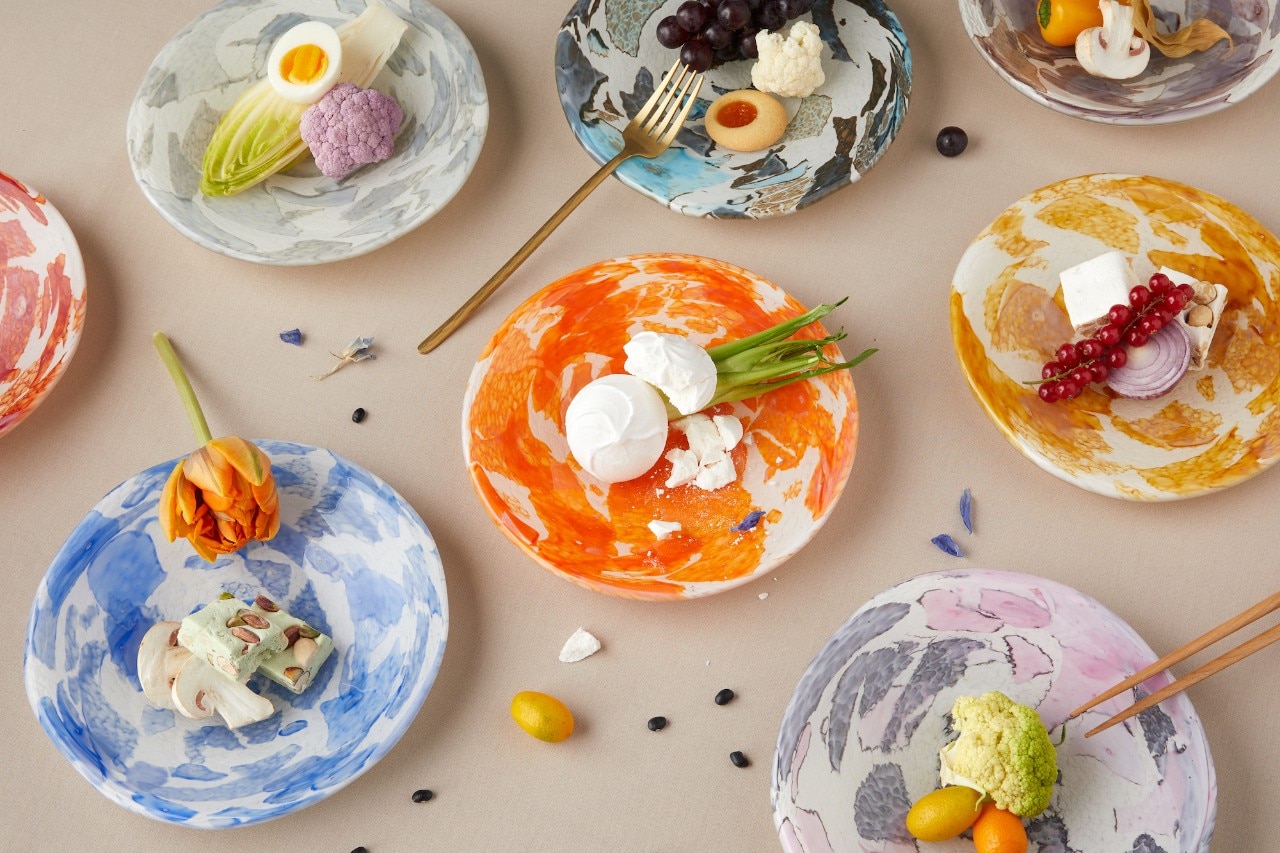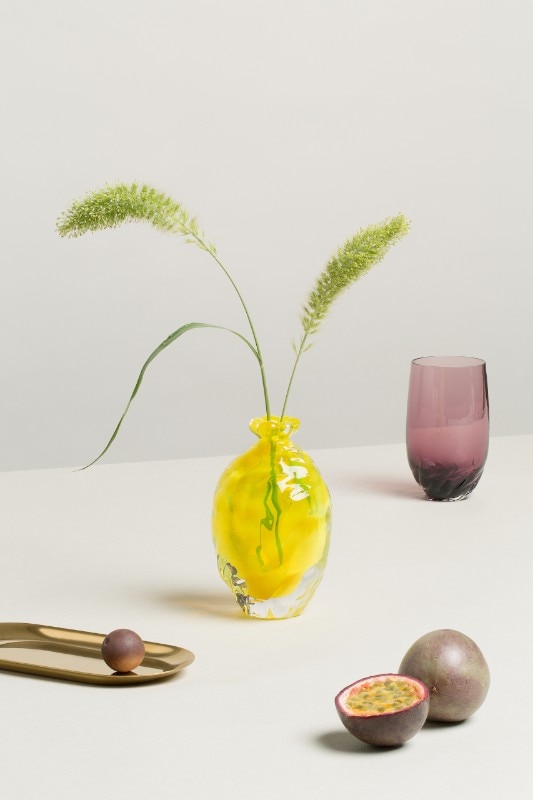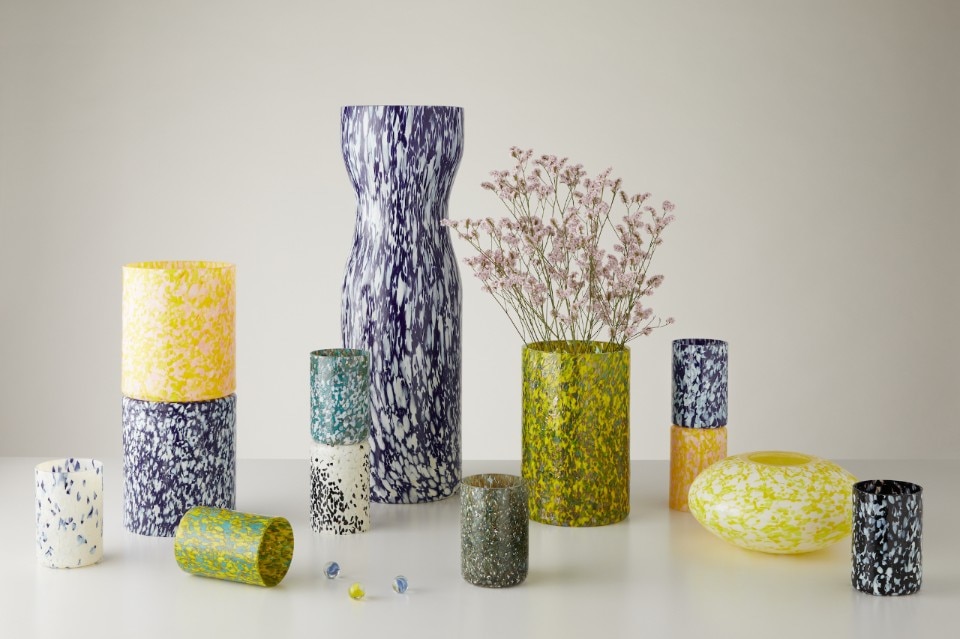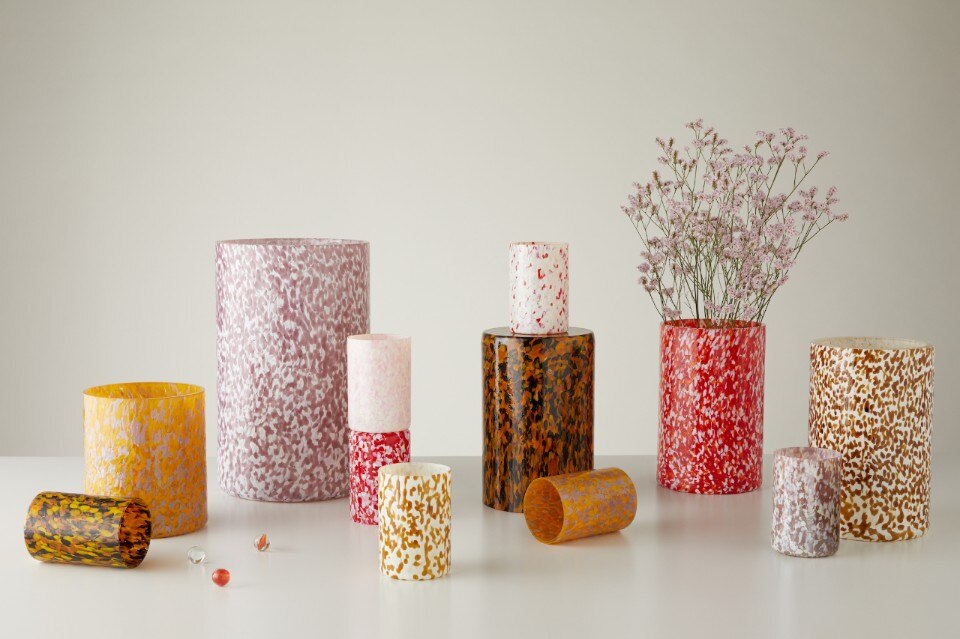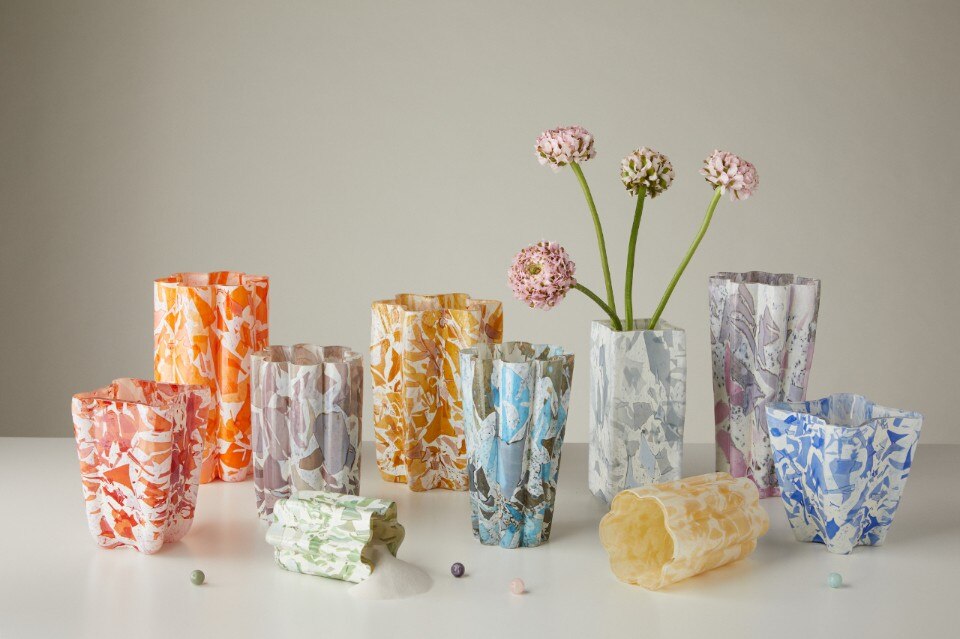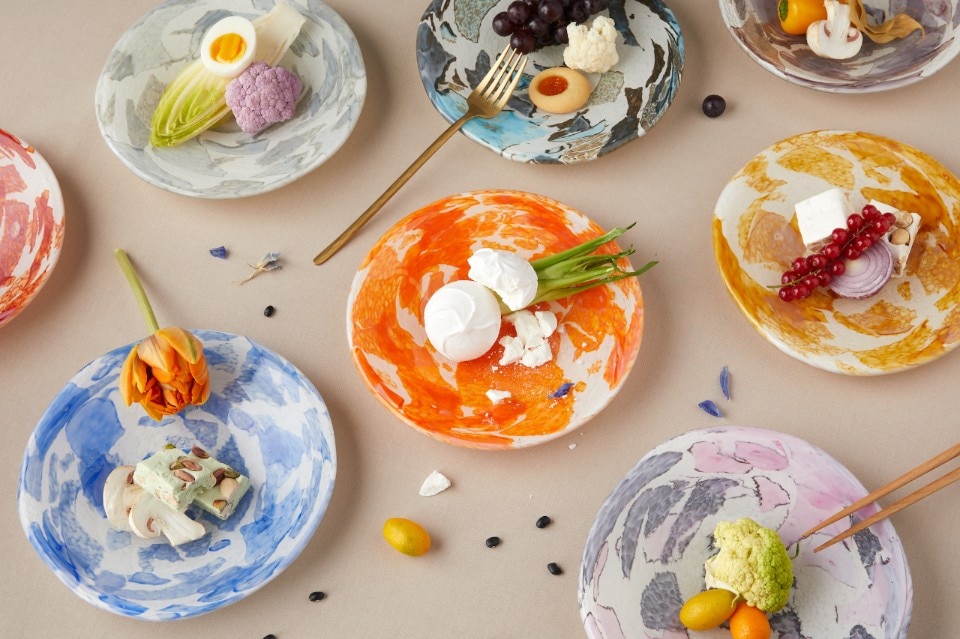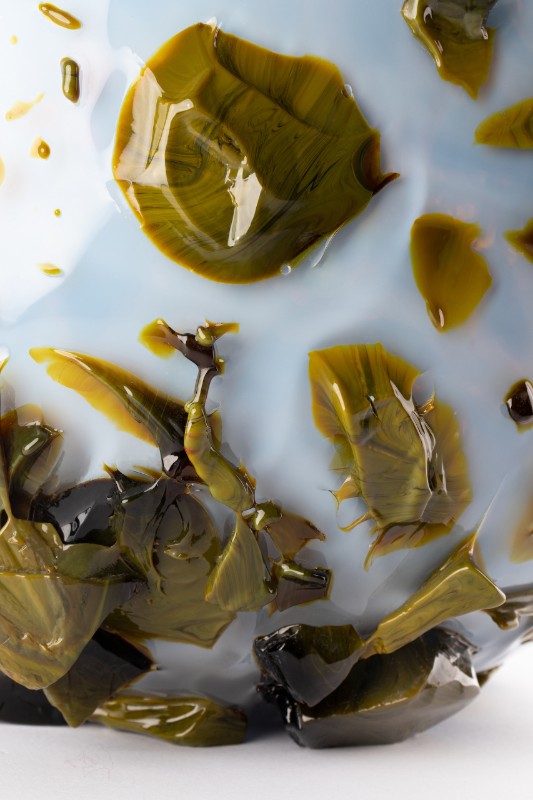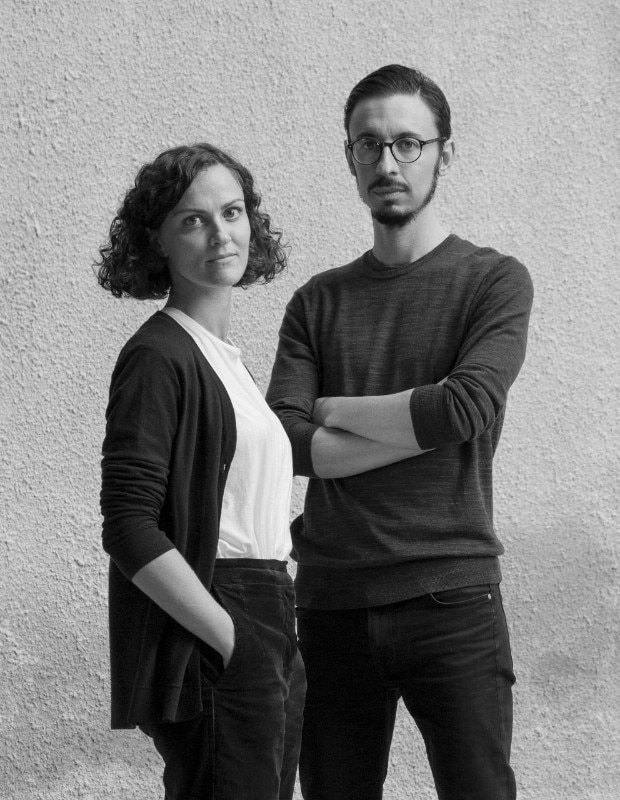Stories of Italy’s Matilde Antonacci and Dario Buratto, both born in 1981, only need a few words in a WhatsApp chat to understand each other. We met Dario of Stories of Italy, the studio whose name declares a mission – to tell the story of their country outside Italy (but not only). Matilde and Dario met at university twenty years ago, on the very first day, and haven't left each other since then. They have lived together and even worked together on and off - between each other's travels. Dario knows and shares Matilde's taste, Matilde is in perfect harmony with Dario, whatever the distance between the two. Living in the last 15 years often in different places, they are therefore used to this kind of creative exchange. Flexible and independent, they do not need the constant physical presence in the studio. For this reason, the dynamics imposed by the pandemic have not compromised the harmony of their four-handed work.
Why did it start?
The thing I admire most about her is that she has a sense of composition and detail at the same time. Her Instagram profile is a perfect example. I love her aesthetic sensibility, always up to date with modernity before it becomes mainstream, and her love for research and archiving. What Matilde appreciates most in me is my pragmatism. Making things happen. Turning an idea quickly into a concrete project or an actual object without getting lost in the less important details.
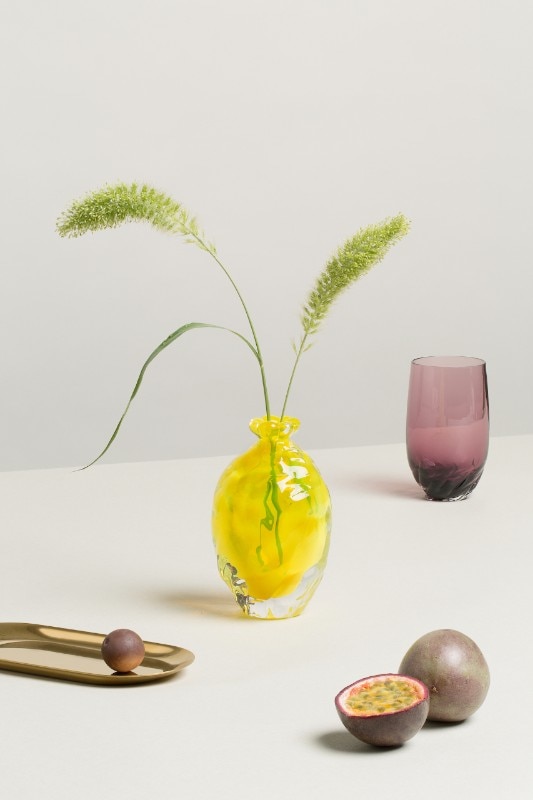
How do you organise your work?
Our way of working together has changed over the years and has always evolved according to our private lives. For a couple of years now, I’ve been living between Milan, where the studio is based, and Venice, where production takes place, while Matilde has moved to Rome and had two little girls. We’re currently in a phase where I’m mainly in charge of Stories of Italy, while she is spending more time with her family. I do material and colour tests in the kiln, and then we look at them together, deciding whether to go ahead with them and how. I then go back to the kiln and transform them into real objects.
Where does your passion for glass come from?
From a suggestive thing that I saw during a holiday when I was heartbroken. In Pantelleria, an American artist was creating mosaics with discarded Murano glass pieces; I saw a vital spark in her, which gave life to my vague interest in Italian craftsmanship, workshops, and laboratories... So I went to Murano to knock on some doors. Within a few days, I found the right teacher and created my very first piece – the Dattero single flower vase. To make a long story short, I fell in love with the environment of the furnace and the life on the island, and I immediately felt that a universe of possibilities had opened up before my eyes. I realized that I could develop my still vague desire for research. Within a few months, my pragmatic side allowed me to create our team, composed by Matilde and Luca Fornaro, our other partner, who were able to give a real structure to what is now Stories of Italy.
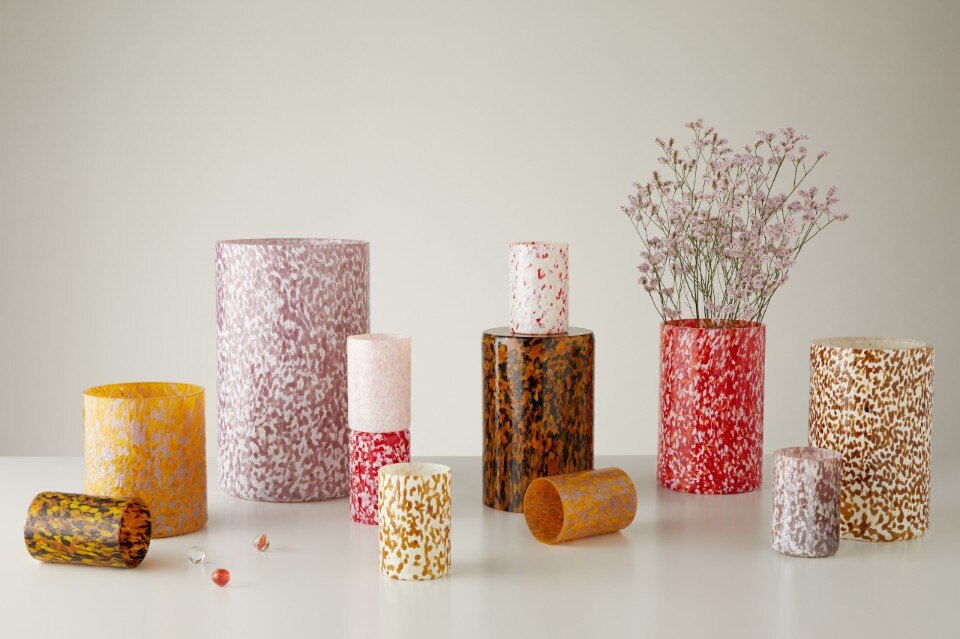
How is a project born?
99% of the time we start from the material and not from the form; we find a piece, a technique that we like from historical archives, manufacturing waste, or kiln warehouses, and we develop it. We rework it by talking to the Master and creating prototypes – one of our best-selling collections is Macchia su Macchia, a reworking of the classic macia technique used to make Goti, the classic coloured drinking glasses from Murano. The experiments that convince us most become the projects we carry out.
You have started several collaborations by expressing and employing your expertise in different ways.
Yes, in addition to the brand, Stories of Italy also has a design dimension: we collaborate above all with various French architects (including Pierre Gonalons) on residential or hotel projects. Precisely because the essence of our projects is the raw material, from the tactile, chromatic, and processing technique point of view, we are versatile enough to satisfy multiple needs and requests. Form is never the most important parts of the project, and it must never overpower the beauty of our glass, which is so different from most blown glass – it is seldom as smooth as one would expect. Moreover, it is rich in patterns, chromatic patterns that we obtain through powder fusions or by employing grits and pieces of previously blown glass.


